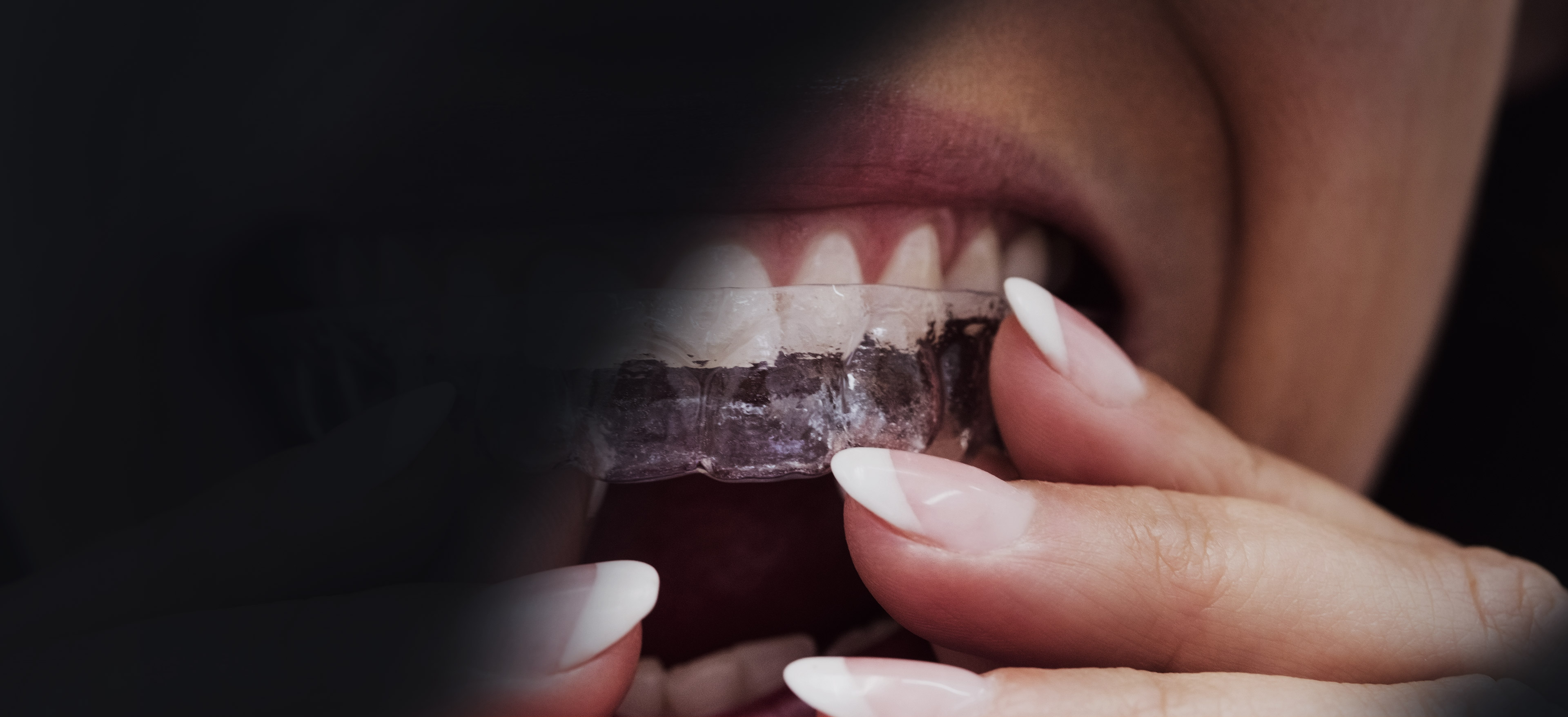
Digital orthodontics
Thanks to the 3Shape scanner, the Trios 3D Orthodontics programme and the 3D printer, orthodontic treatment at our clinic is carried out with the support of digital technologies that guarantee precise treatment and time savings. Orthodontic treatment improves well-being, reduces the risk of disease and facilitates daily hygiene.
Stages of orthodontic treatment:
I stage
The first stage of treatment is an orthodontic consultation. The orthodontist performs a series of examinations to understand the patient's case, expectations and needs. Teeth, gums and occlusion are examined, facial symmetry and the function of the temporomandibular joints are assessed. The doctor performs intra-oral and extra-oral examinations, takes an impression for plaster models of the dentition, and carries out photographic documentation and X-rays.
II stage
The second stage is the presentation of the treatment plan, which includes all the information about the course and expected duration. During the visit, the patient chooses the type of braces.
III stage
The third stage involves attaching the braces to the teeth. The procedure is painless. It must be performed with extreme precision in order for the braces to work well.
IV stage
Follow-up visits to adjust the braces are essential for correct treatment. Tests performed during the visits on the new alignment of the teeth will help to determine whether they interfere with the musculo-articular system.
V stage
The fifth stage of orthodontic treatment is the removal of the braces. It involves the mechanical removal of brackets, tubes or rings.
VI stage
Retention treatment allows the desired results to be maintained. Follow-up appointments are important, with the first occurring after three months and subsequent appointments every six months.

A wide range of braces.
Metal, orthodontic ceramic, incognito and much more!
METAL DENTAL BRACES
The most commonly used fixed BRACES. Brackets are bonded to the teeth. A special wire is then attached to them using ligatures, exerting a specific force on the teeth.
CERAMIC ORTHODONTIC BRACES
Aesthetic braces were developed for people who want to reduce the visibility of their braces. There are several types; ceramic, ceramic-composite and porcelain are more milky, while sapphire and crystal are more transparent. The colour of the brackets can be matched to the colour of the teeth.
SELF-LIGATING ORODONTIC BRACES
The state-of-the-art Damon system is a combination of brackets, cheek tubes and light force arches, allowing the entire treatment to achieve faster results. Treatment procedures are minimally invasive, follow-up visits are less frequent, and the low friction and light forces make pain almost imperceptible.
INCOGNITO
Work on making braces more invisible has resulted in the development of a special type, called lingual braces, whose closures are attached to the lingual surface of the tooth. This makes it invisible. It is also distinguished by a shorter treatment time - the force is concentrated over the resistance centre of the tooth, so it acts faster, but it is also slightly weaker, so the pain during movement is reduced.
CLEAR ALIGNER
Clear Aligner trays - these are clear splints that are not permanently fitted. They provide an alternative for people who do not wish to wear traditional braces. The splints can be removed at any time, but it is recommended that you wear them a minimum of 20 hours a day. The splints are invisible and do not cause discomfort.
DENTAL BRACES FOR CHILDREN
Removable braces for children - this is an acrylic plate with metal brackets that hold the braces on the teeth. It is required that the child wears it several hours a day, both at night and during the day.
Do you have a question?
Contact us.
Our reception staff will be happy to answer all your questions.
Opening hours:
Monday:
08:00–20:00
Tuesday:
08:00–20:00
Wednesday:
08:00–20:00
Thursday:
08:00–20:00
Friday:
08:00–20:00
Saturday:
Closed
Sunday:
Closed







